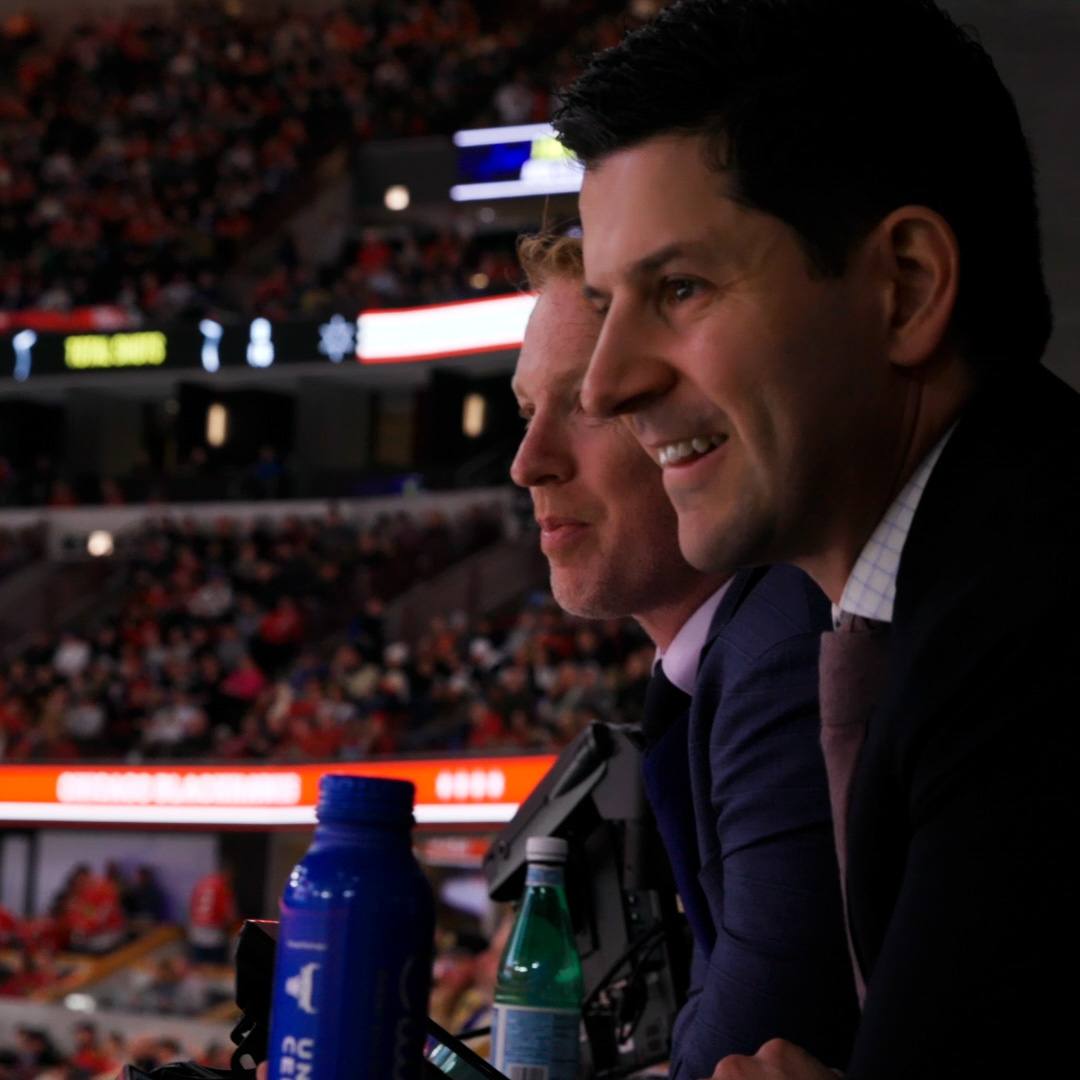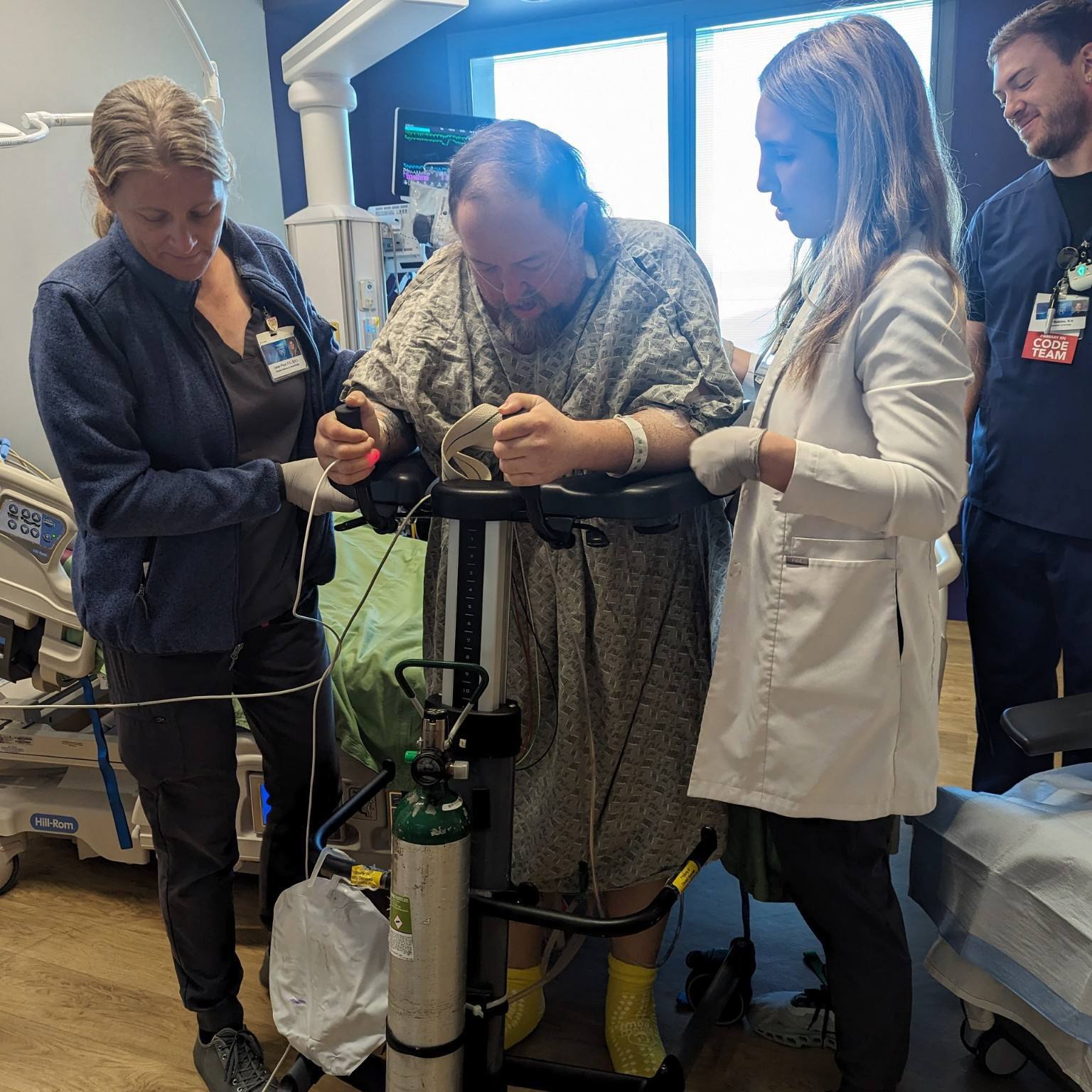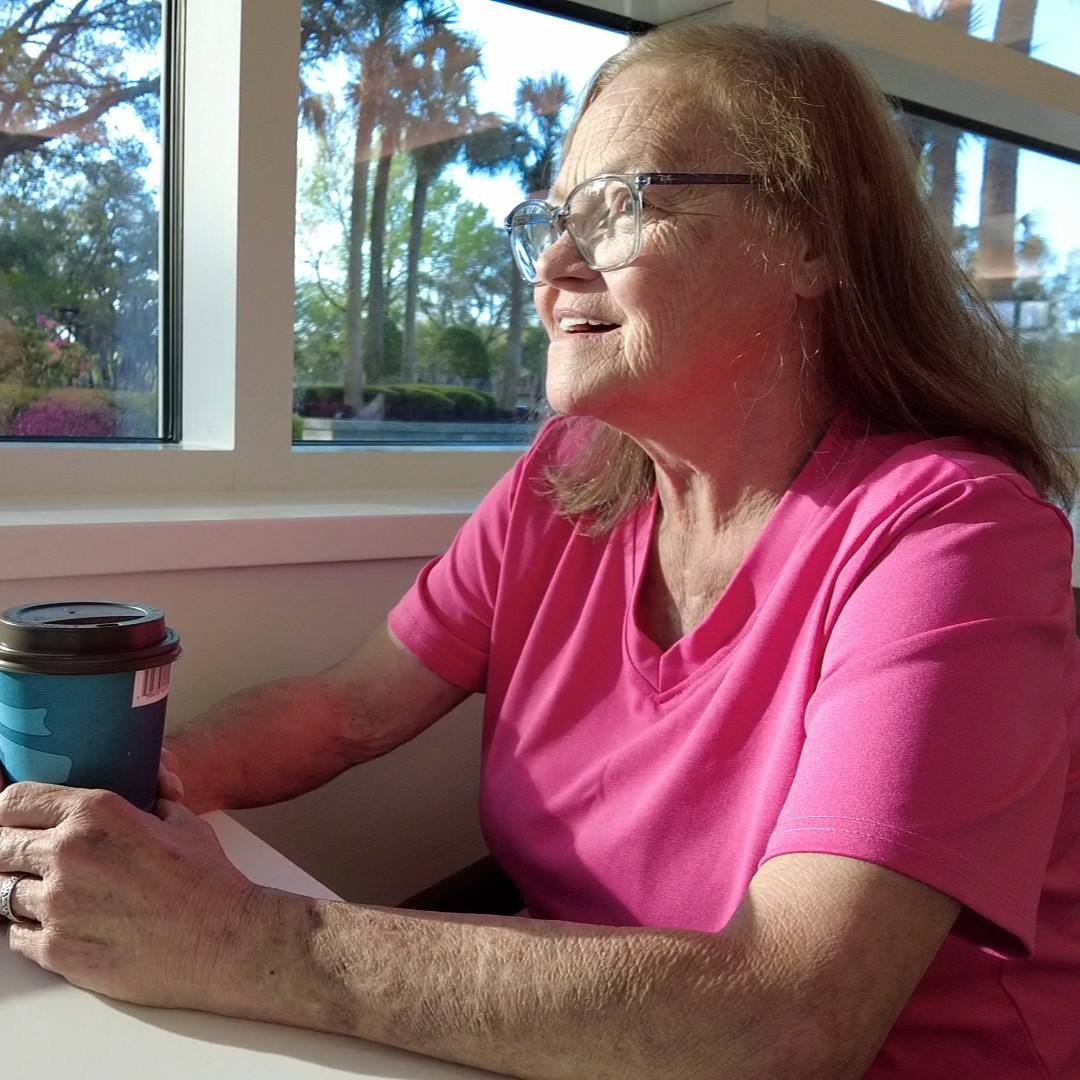
For years, Joey Del Toro has lived with medical conditions that have affected his abilities and appearance. But Joey hasn't let his health concerns define him. Instead, he's focused his energy on moving beyond them and excelling at the sports he loves.
The landscape of Joey Del Toro's youth was colored by medical experiences. Treatments for Joey's two health conditions filled his calendar and required frequent road trips from his family's home in Woodbury, Minnesota, to Mayo Clinic in Rochester. But medical appointments weren't the only events populating Joey's schedule as a child. An avid athlete, sports also filled Joey's days.
During elementary school and middle school, Joey participated in football, hockey and lacrosse. Then, while navigating treatment for a life-threatening cardiac syndrome called Wolff-Parkinson-White syndrome with Mayo Clinic pediatric cardiologist Bryan Cannon, M.D., Joey switched course, trading in his cleats, sticks, and skates for skis.
"When Dr. Cannon gave me the green light to go ahead with endurance sports, I didn't know at that time if I wanted to excel at Nordic skiing or cross-county running," Joey says. He eventually chose Nordic skiing and biathlon, which combines skiing and precision rifle shooting. Today, he's a collegiate athlete at Saint Michael's College in Vermont.
"I've enjoyed seeing him do the things he loves, and I enjoy seeing him accomplish these life goals."
Megha Tollefson, M.D.
Joey's sports require stamina, speed, precision and focus. And it's the ability to focus in particular that has served him well as he's weathered his health concerns, including ongoing therapy for alopecia areata — a skin condition in which the body's immune system attacks hair follicles and causes patchy hair loss.
"Even though I know that (his condition) really has affected him so much on a personal level, I feel like he has not allowed it to hold him back," says Megha Tollefson, M.D., a Mayo Clinic pediatric dermatologist and a member of Joey's care team. "I've enjoyed seeing him do the things he loves, and I enjoy seeing him accomplish these life goals."
Living with Wolff-Parkinson-White syndrome and alopecia has had a significant effect on Joey and his family. But the individualized care he's received from his Mayo Clinic team has provided the support they've needed.
"Probably the most fearful piece of this was Joey's heart condition, and Dr. Cannon was able to solve that for the rest of his life," says Joey's dad, David. "Whereas the hair — which should be less traumatic from a health perspective — is the part that lingers on and on. They've been compassionate, supportive, understanding and very good with Joey."
Alarming symptoms
Joey was about 10 when he began experiencing episodes of an accelerated heart rate — a symptom of Wolff-Parkinson-White syndrome. "My heartbeat would go up to 220 beats per minutes," Joey says. "I learned the best way to stop it was to flip myself upside down and wait for several minutes. After that, it would stop, and I would be tired but OK."
Wolff-Parkinson-White is characterized by extra electrical connections in the heart. "When the heart develops, it starts as a straight tube and folds in on itself. When it does that, all of these primitive connections that most people have go away," Dr. Cannon says. "But in 1 in 750 people, they don't go away."
As a result of the extra connections, the electrical signal that usually travels up and down the normal fibers of the heart, triggering it to pump, instead travels across the abnormal fibers and creates an unusually fast heartbeat.
"In Joey's case, his heart was beating at 220 beats per minute having this abnormal heartbeat," Dr. Cannon says. "He was pretty active doing sports, and it was interfering with his participation."
Sometimes, months separated the occurrences. Other times, it was weeks. Occasionally, it was only a day. When he felt the fast heartbeat during practice or sporting events, Joey would sideline himself. In time, as the episodes became more frequent, Joey's football coach told the family that he was concerned with Joey's participation on the team.
Straightforward treatment
While certain maneuvers, such as inversion, coughing and breath-holding, can disrupt the cycle of abnormal electrical misfiring and slow a rapidly beating heart, the only cure for Wolff-Parkinson-White syndrome is removing the extra connections through a procedure known as ablation.
Joey and his family were aware of ablation as an option, but it wasn't until they sought treatment at Mayo Clinic for Joey's other health concern that they learned he was a candidate for the procedure.
"When we called Mayo and said we wanted to see a dermatologist for alopecia, they asked if he had any other medical conditions," says Joey's mom, Mary. "We said he had Wolff-Parkinson-White syndrome, and they said they'd need to see him first for that before they started doing anything with his hair."
"We were able to completely get rid of (the abnormal electrical misfiring), and he hasn't had any problems since."
Bryan Cannon, M.D.
At Joey's initial appointment in Mayo's Department of Cardiovascular Medicine, he underwent an EKG and echocardiogram. Afterward, they met with Dr. Cannon and learned that ablation might be an option. Dr. Cannon, who helped write international guidelines for treatment of Wolff-Parkinson-White syndrome, says there is no advantage to waiting to do the treatment after age 8.
"Some people get nervous about treating younger patients. But at Mayo Clinic, we have more experience doing it on younger patients and more complex patients," Dr. Cannon says. "We were basically able to say, 'We're comfortable doing this, so let's do it now.'"
In October 2013, Dr. Cannon performed Joey's ablation procedure, which involved inserting a catheter equipped with a camera through a blood vessel in Joey's leg and threading it to his heart.
"We figure out where the extra fiber connection is, and we heat it up," Dr. Cannon says. "Once we do that, he is cured. We were able to completely get rid of it, and he hasn't had any problems since."
Personalized care
With Joey's heart condition under control, his care shifted to treating the alopecia, which is the most common cause of hair loss in children. "Alopecia areata can range from small patches that aren't noticeable to complete hair loss," Dr. Tollefson says. "Joey fell somewhere in the middle. Through the years, it fluctuated and has gotten better and worse."
Several treatment options are available for alopecia areata. None cure the condition, however. "A lot of the time, the treatment we recommend will help the hair grow back, but we cannot prevent the flares from happening," Dr. Tollefson says.
"This care has definitely allowed me to grow without having to worry about my condition and helped me to accept a lot more, especially with the alopecia."
Joey Del Toro
For Joey, the treatment that's produced the greatest benefit has been injectable steroids administered directly to the scalp. Every six to eight weeks for the past six years, Joey and his parents have traveled to Mayo Clinic's Department of Dermatology for the shots.
The injections are painful and cause some bleeding at the injection sites, but they work to block Joey's follicles from his immune system, allowing his hair to grow back. "Every appointment, we would take a picture, and then look at the picture at the next appointment to track progress and to see where the hair had started growing," Joey says. "If I had shots in the early spring, by the summer, the hair would be a lot thicker, and I would be like, 'This is actually worth it.'"

As a way to channel his emotions over the years, Joey has focused his energy on athletics. As a freshman in high school, he joined the cross-country running team. The next year, he joined his school's Nordic ski team. During his junior year, after watching biathlon events in the 2018 Winter Olympics, Joey's dad registered him for a nearby novice competition. After participating in that event, Joey was hooked.
Joey excelled in skiing and biathlon events through his senior year and focused his college search on schools with a Nordic ski team that were near a biathlon training venue. He and his family ultimately decided on St. Michael's, where he now studies engineering. Nearly every weekend during the winter, Joey skis with his college's Nordic team or competes in biathlon events with a local club.
Joey receives ongoing follow-up for both of his medical conditions from his Mayo Clinic team. The treatment he receives gives him the freedom to live without being mired in stress, he says. "This care has definitely allowed me to grow without having to worry about my condition and helped me to accept a lot more, especially with the alopecia."
HELPFUL LINKS
- Read more about alopecia areata and Wolff-Parkinson-White syndrome
- Check out Mayo Clinic Children's Center.
- Visit the departments of Dermatology and Cardiovascular Medicine.
- Explore Mayo Clinic.
- Request an appointment.
Related Articles







